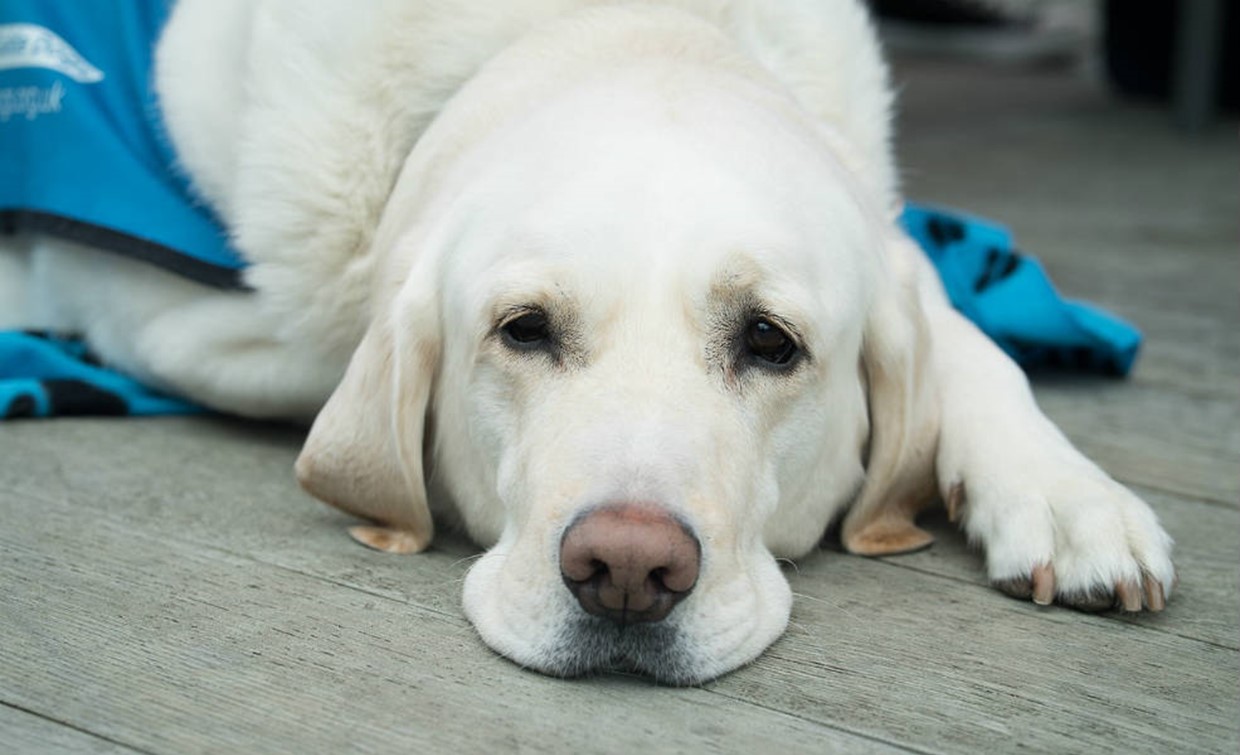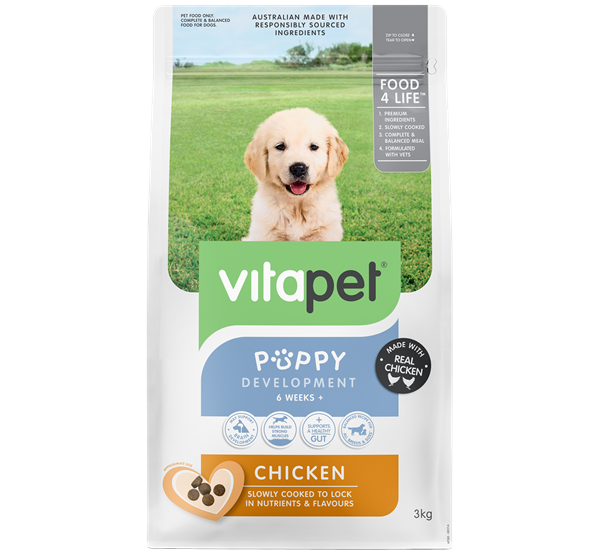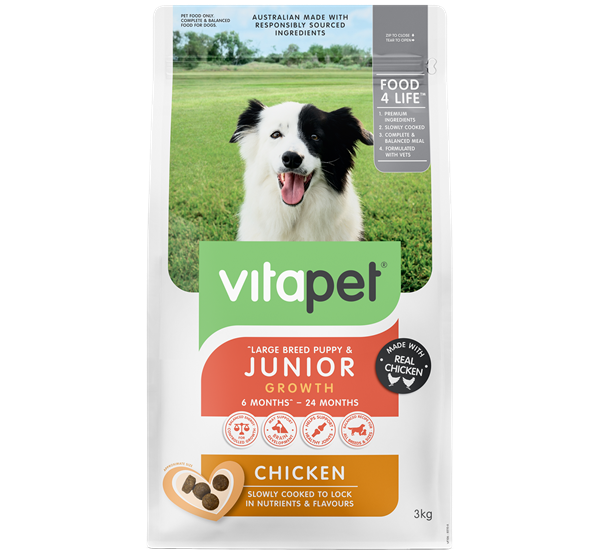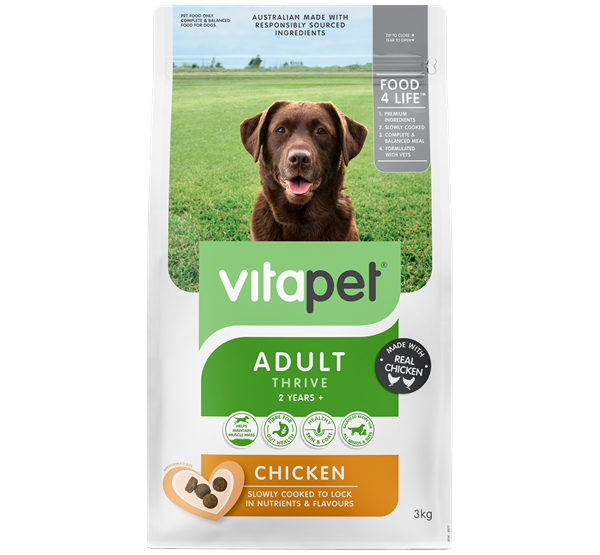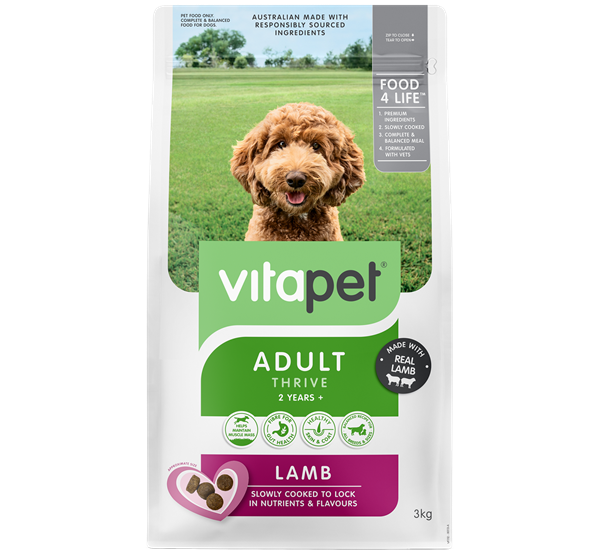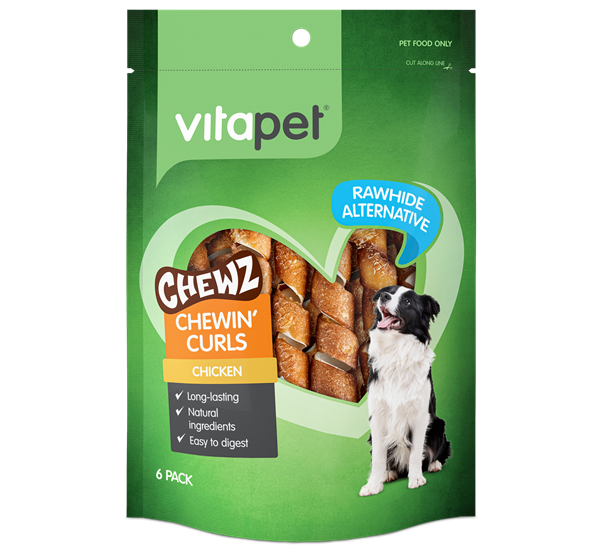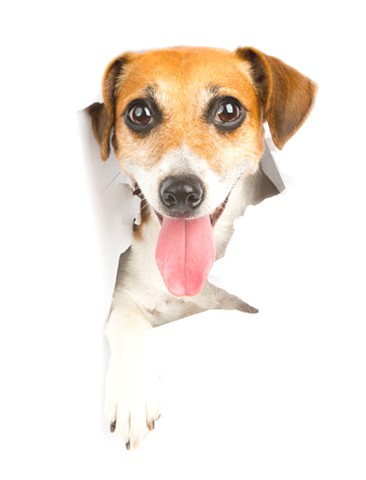Getting your pet to swallow a pill can be a huge debacle, even with normally sedate cats and dogs. Whether it only needs a worming tablet every few months, or if it’s prescribed more frequent medication, we have some tips to help make your pilling experience smoother.
The Food Method
A method favoured by many parents administering pills to their children can work just as well with your food-motivated cat or dog. Hide pills in your pet’s food or treats, or even bits of peanut butter or cream cheese (if your pet’s diet allows this).
However, many cats and dogs catch on to such clandestine operations, and will eat around pills or spit them back out. This is when it’s time to get inventive. You could try the ‘three-peat’ – offer your pets three treats in a row, with a pill hidden in the middle treat. Any suspicions they have of pill-duggery should vanish after the first treat, and the third should help to hide the taste of the second, throwing any suspicions. A good trick can be to give the treats when your pet is otherwise distracted – such as while taking your dog for a walk. Another method for giving pills with food is to crush them up and mix with a small amount of wet feed. Ensure all the food is consumed therefore all the medication has been taken. This method may not work with strong-tasting medicines. Try this with more pungent foods.
Direct Pilling
This method of pill-dispensing involves opening the cat or dog’s mouth by hand, popping the pill down the hatch, and then holding the mouth closed until (hopefully) the pill has been swallowed. If you can, check that the pill is gone from the mouth before letting your pet go, as it’s not uncommon for ‘swallowed’ pills to be ejected on the floor at the first opportunity!
This particular method might not work very well with a feisty or fearful pet, so you’ll need to be firm and watch out for claws. For scratchy cats and small dogs, try swaddling the pet in a towel to keep paws out of the way. If all else fails, talk to your vet. There may be brands you could try that have a better or less distinctive taste, or they may be able to recommend another method or an apparatus, like a pill gun. Pets tend to get used to receiving pills over time, so don’t give up!
Other Tips
- Act naturally – cats and dogs are very good at reading their human’s body language, and can become tense if you start acting oddly. Stay relaxed when administering pills, and use a soothing, but firm, tone of voice.
- Butter up – try coating the pill in butter or another slippery substance, as this will aid swallowing. This can be especially useful in direct-to-mouth pilling.
- Try a warning cue – use a command or shake the pill box before giving a pill. Your pet will learn to expect a pill, and won’t act out from surprise. However, this trick could backfire with pets who take it as their cue to make a hasty escape!
- A little bribery – we all learn by association, and smothering your pet with love, offering treats, or taking your dog out for a walk immediately after the pill-giving can make the pet a little more eager to swallow and be done with it.











